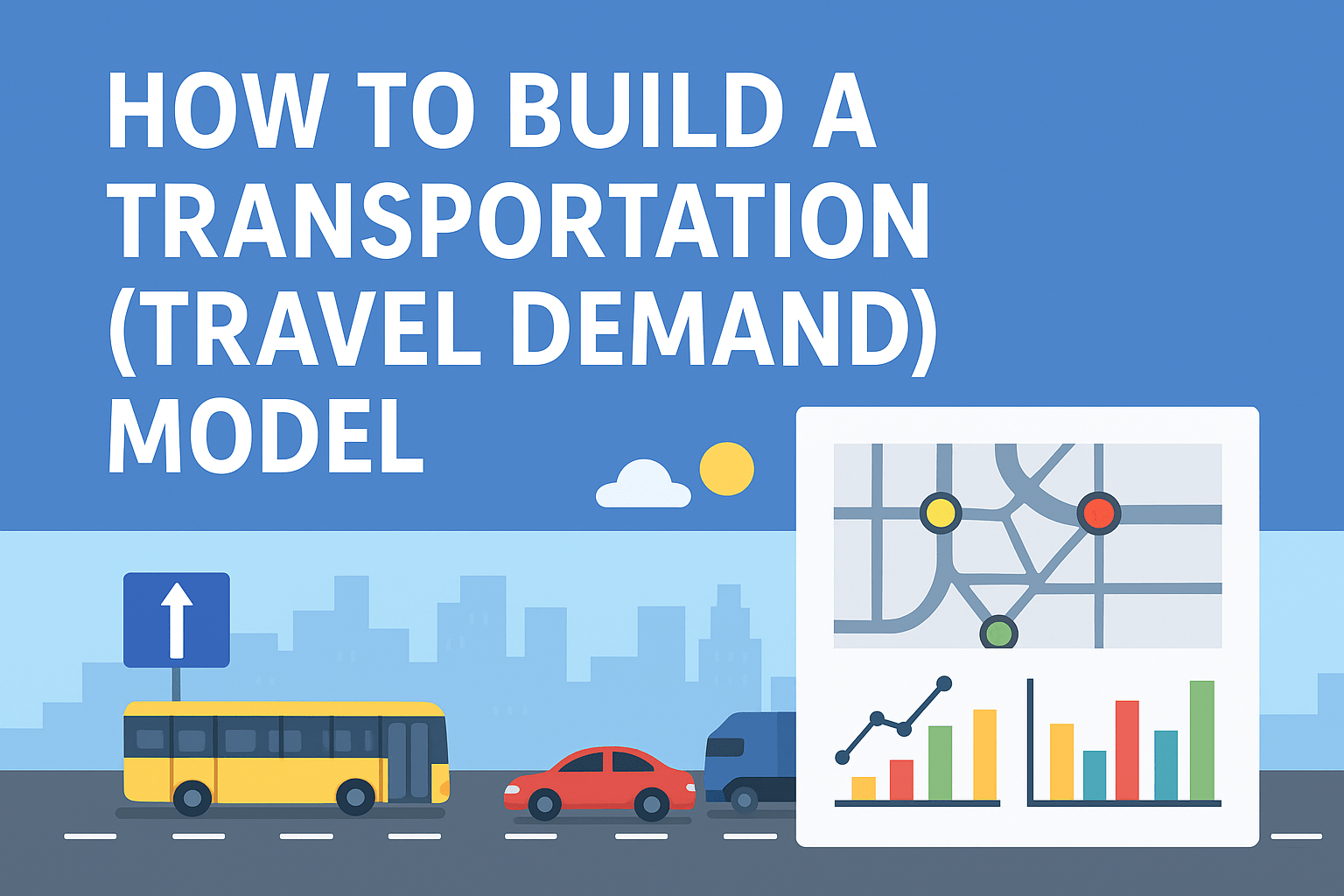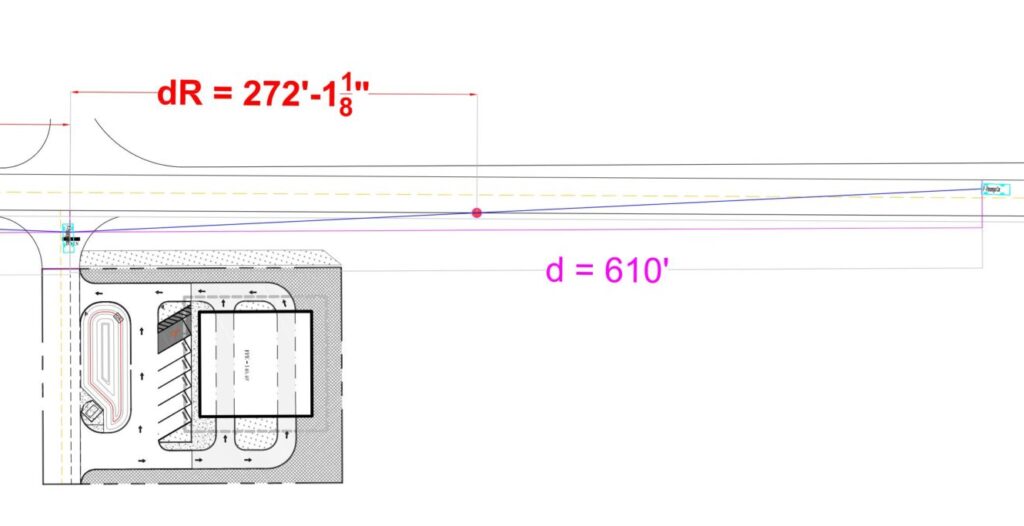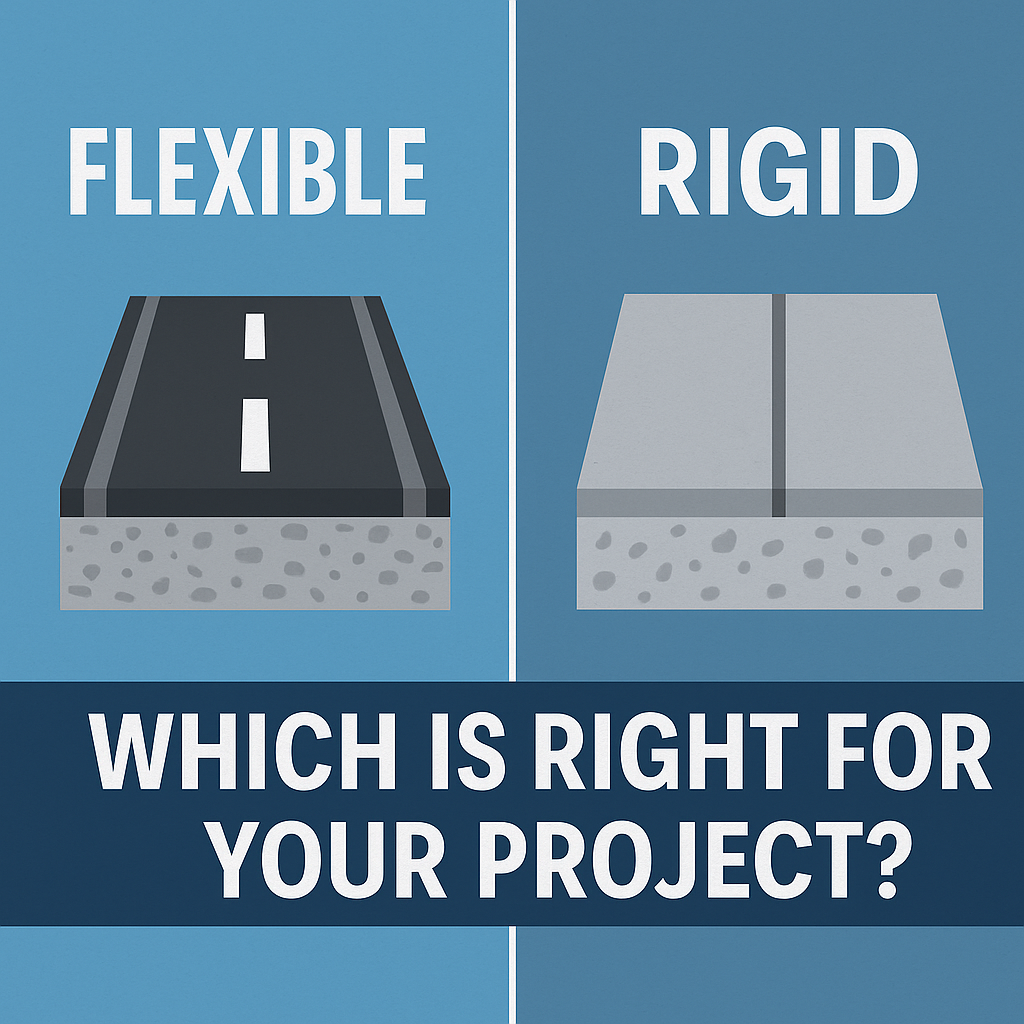ESAL Cheat Sheet: Quick Reference for Pavement Engineers
What is an ESAL? ESAL Formula Where: Typical Load Equivalency Factors (LEFs) (based on AASHTO & typical LEFs) Vehicle Type Axles Typical Load (kips per axle) Approx. ESAL per Pass Passenger Car (sedan) 2 2–3 0.0004 Pickup / SUV 2 3–4 0.001 Delivery Van (2-axle, light) 2 4–5 0.005 Single-Unit Truck (2-axle, 6-tire) 2 6–9 […]




